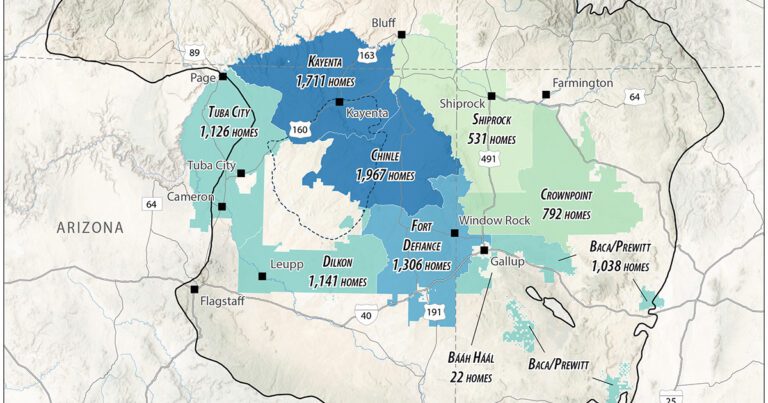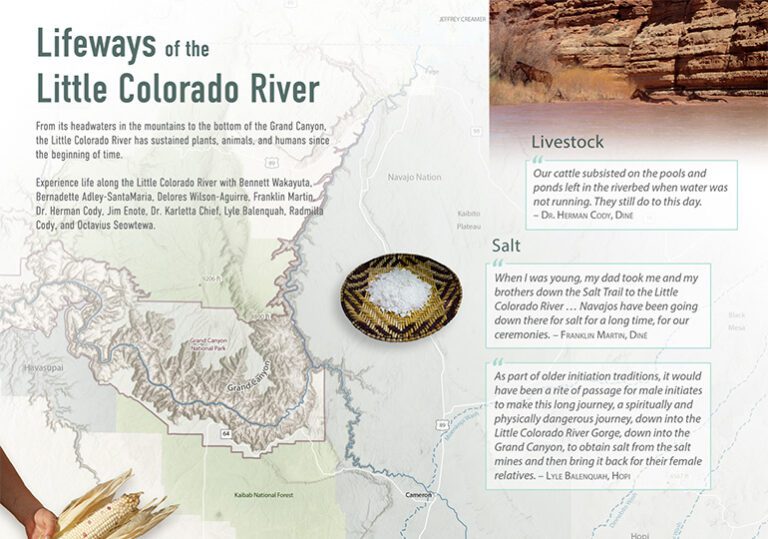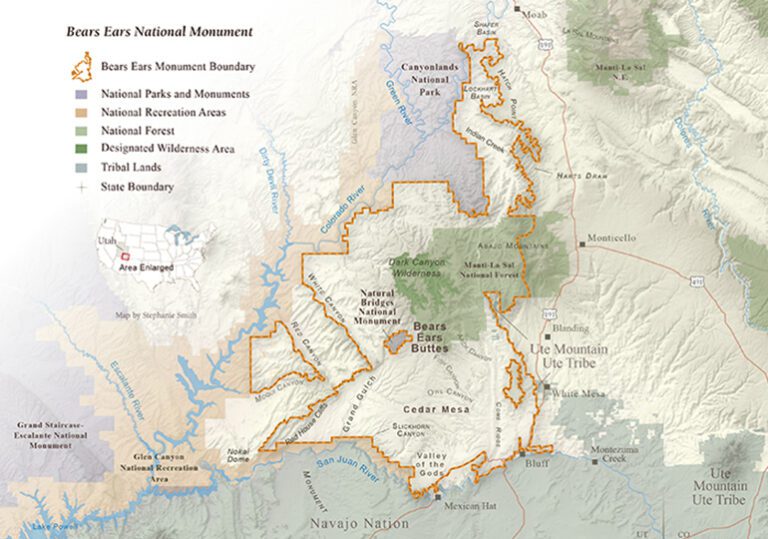Resource Issue: Native America
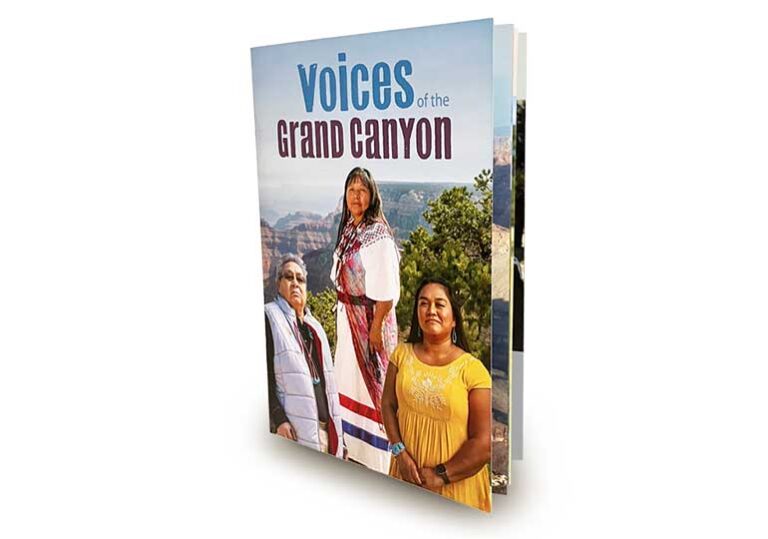
Native voices share their personal and cultural connections to the Colorado River and the Grand Canyon.
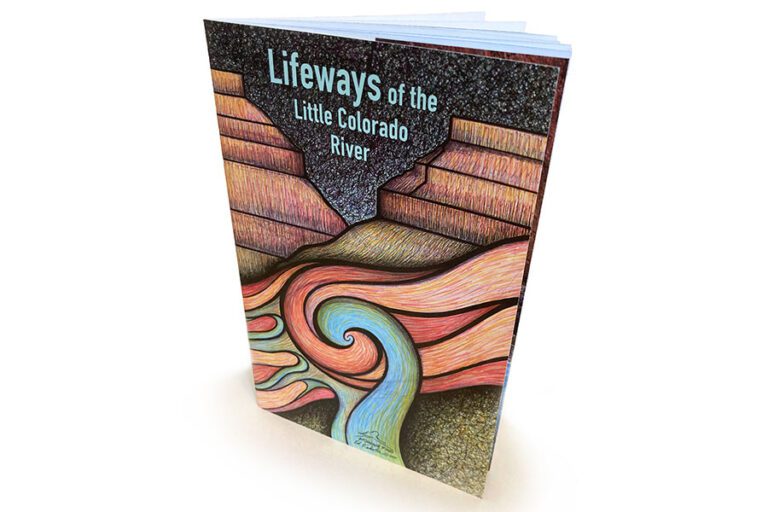
Native voices share their personal and cultural connections to the Little Colorado River in this collection of stories.
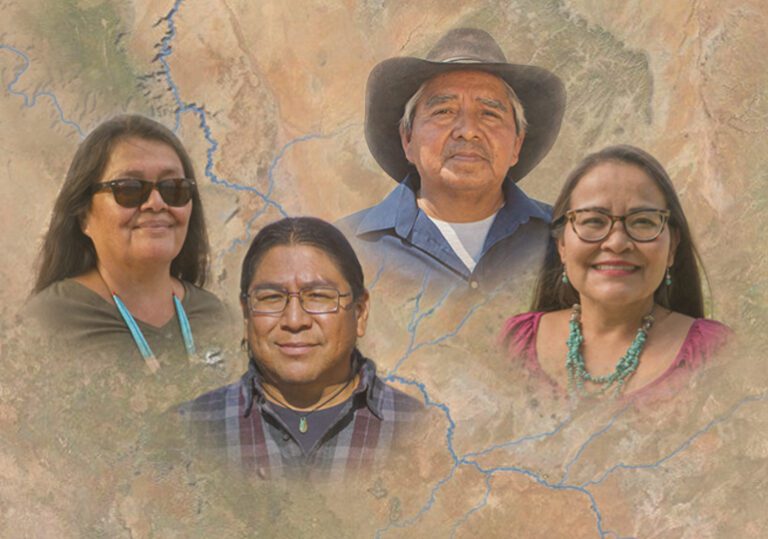
Native voices — sheepherders, scientists, educators, farmers, artists, and activists — share their personal and cultural connections to the Little Colorado River, from its headwaters to the Grand Canyon
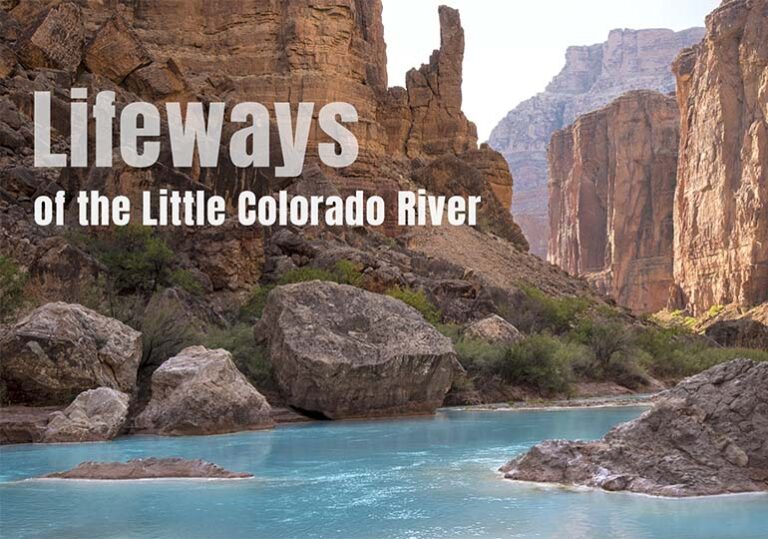
Native voices share their personal and cultural connections to the Little Colorado River in this multimedia story collection.
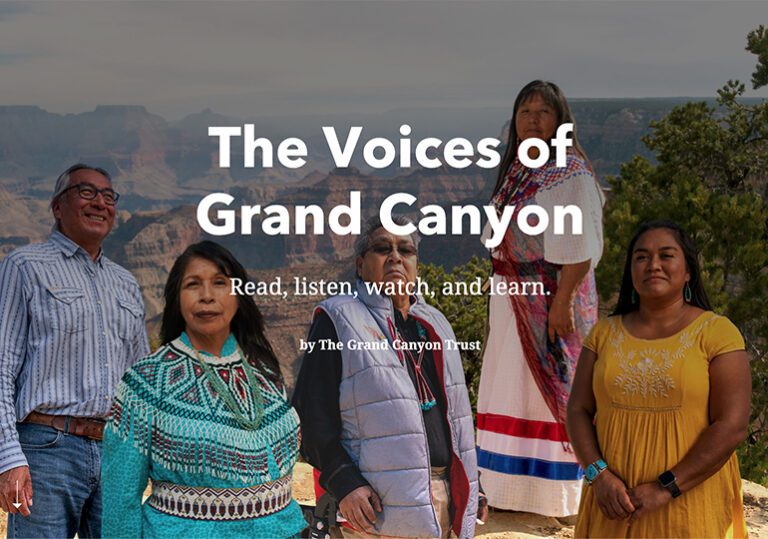
Watch, listen, and learn from Native people who have called the Grand Canyon home since time immemorial.
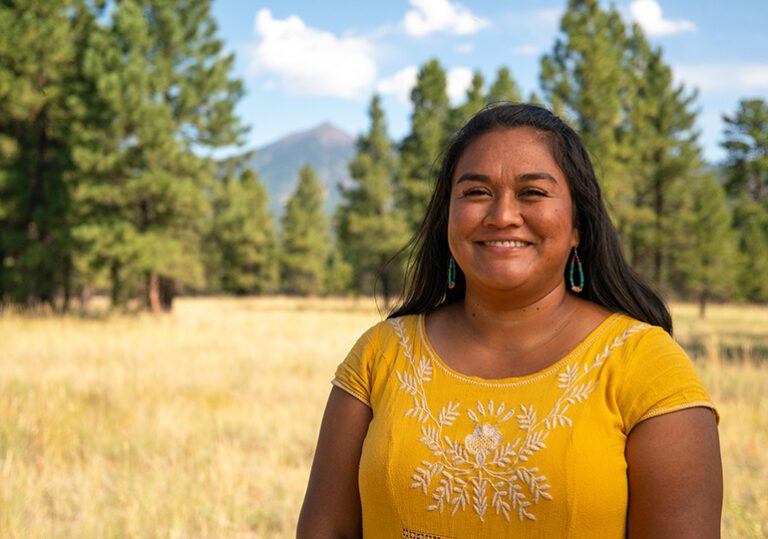
Nikki Cooley, a Diné woman and Grand Canyon river guide, talks about her cultural view of the Colorado River and how to visit respectfully.
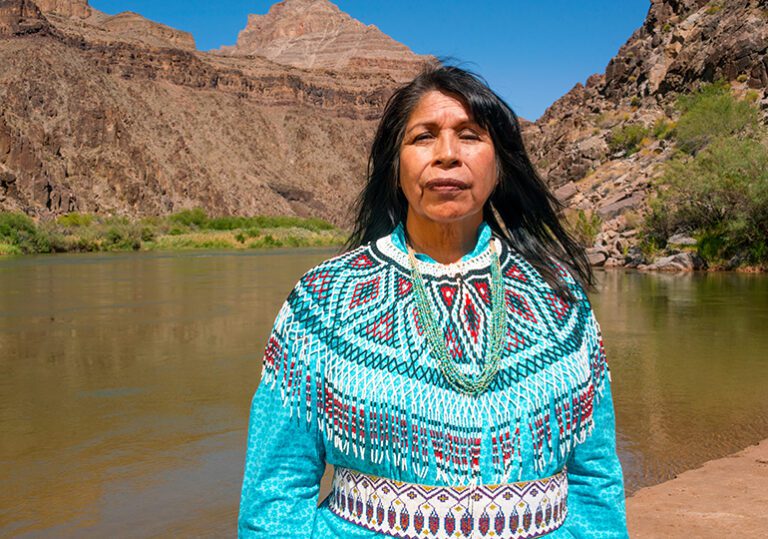
Loretta Jackson-Kelly, a Hualapai woman, speaks about her ancestral ties to the Grand Canyon and the importance of the Colorado River to her people.

Jim Enote, a Zuni tribal member, traditional farmer, and CEO of the Colorado Plateau Foundation talks about his homelands, the Zuni place of emergence, petroglyphs, and connections to the Grand Canyon.
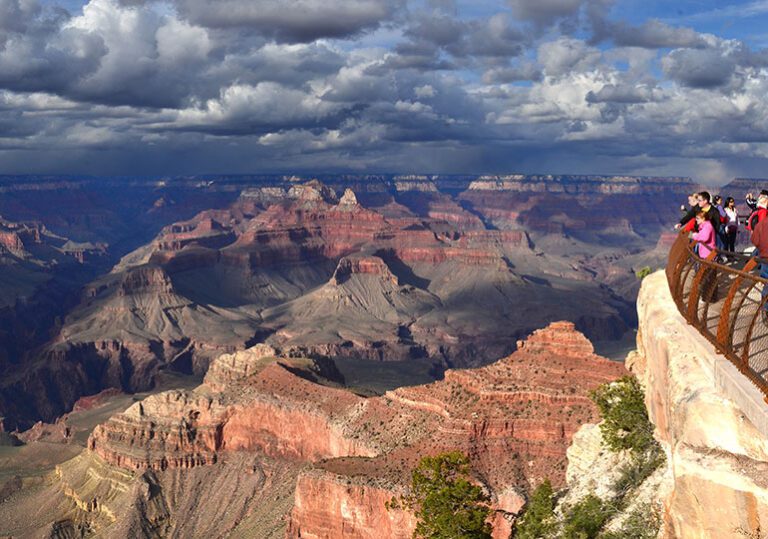
According to Dianna Sue White Dove Uqualla (Havasupai), the Grand Canyon is one of the most powerful altars in this world.
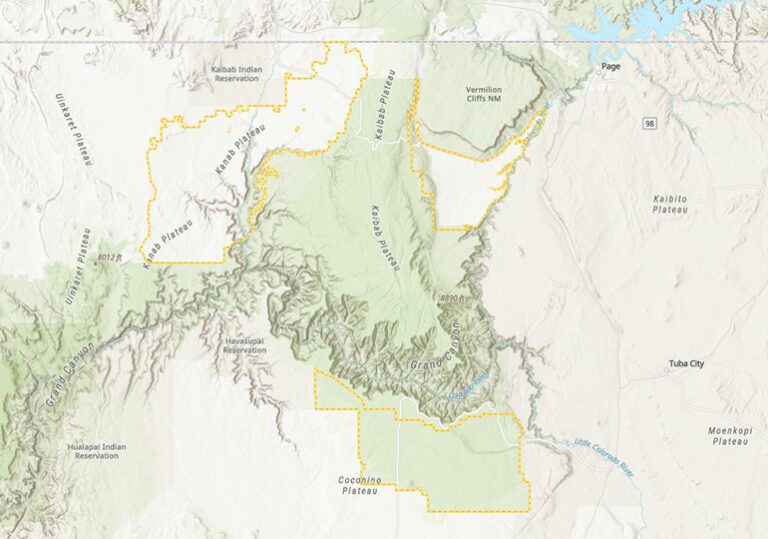
Zoom in on this interactive map of Baaj Nwaavjo I’tah Kukveni – Ancestral Footprints of the Grand Canyon National Monument.
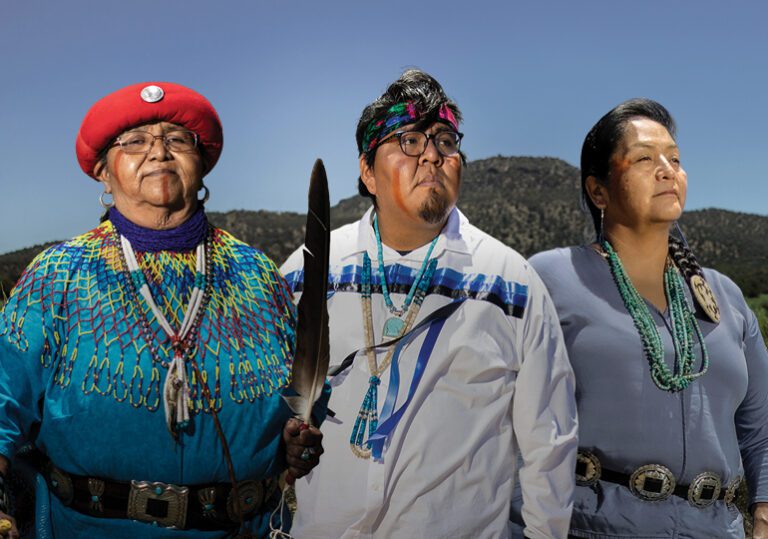
Find out what Baaj Nwaavjo I’tah Kukveni – Ancestral Footprints of the Grand Canyon National Monument protects in this interactive story map.
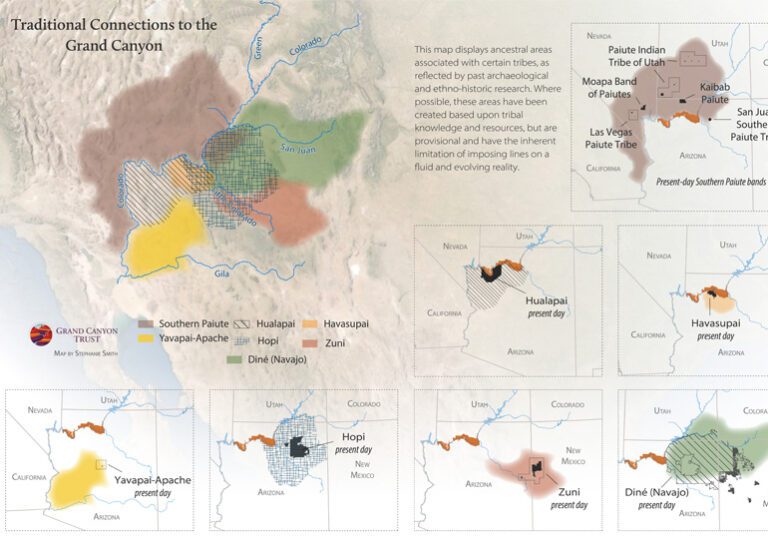
See a map of the Havasupai, Hopi, Hualapai, Navajo, Southern Paiute, Yavapai-Apache, and Zuni tribes’ traditional connections to the Grand Canyon region.
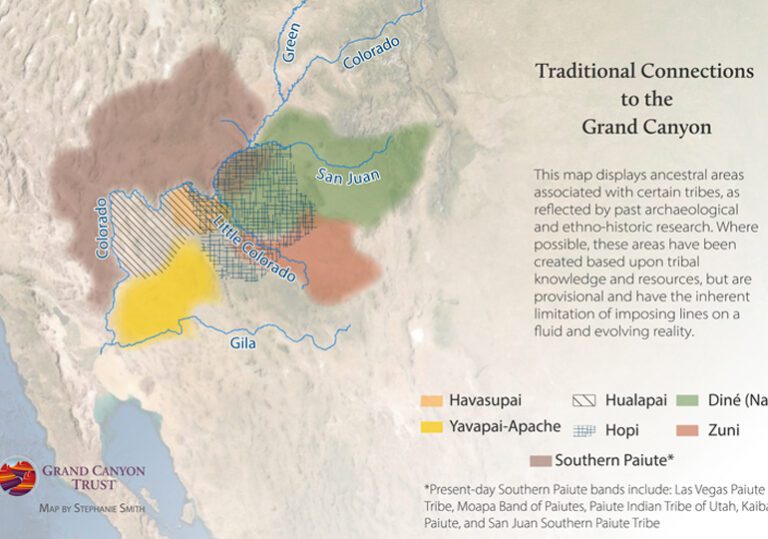
A map of the traditional tribal connections to the Grand Canyon.
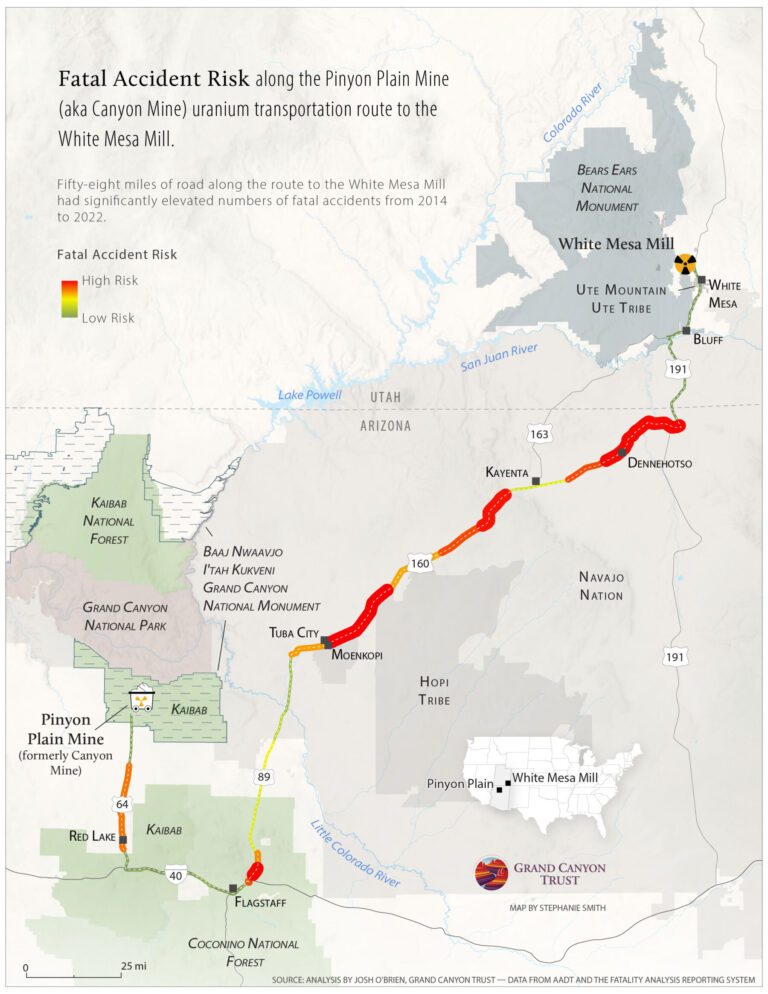
This map shows the risk of fatal accidents along the transportation route from Canyon uranium mine near the Grand Canyon to the White Mesa uranium mill.
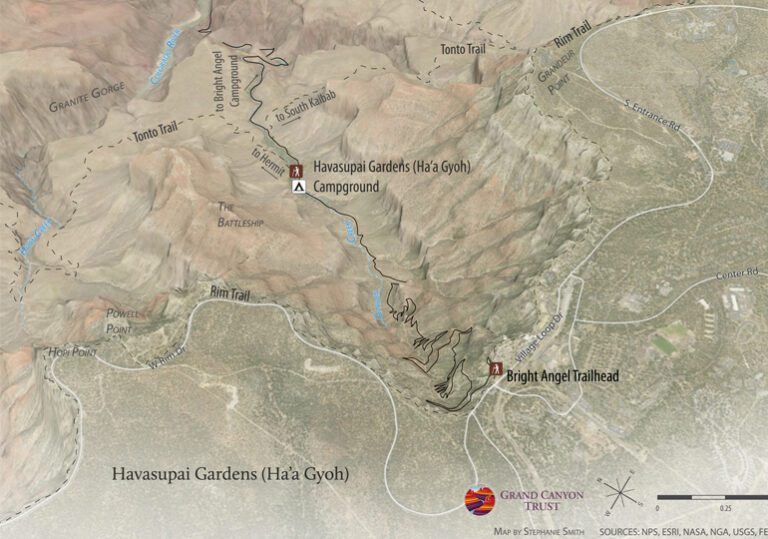
A map of Ha’a Gyoh (Havasupai Gardens) in Grand Canyon National Park.
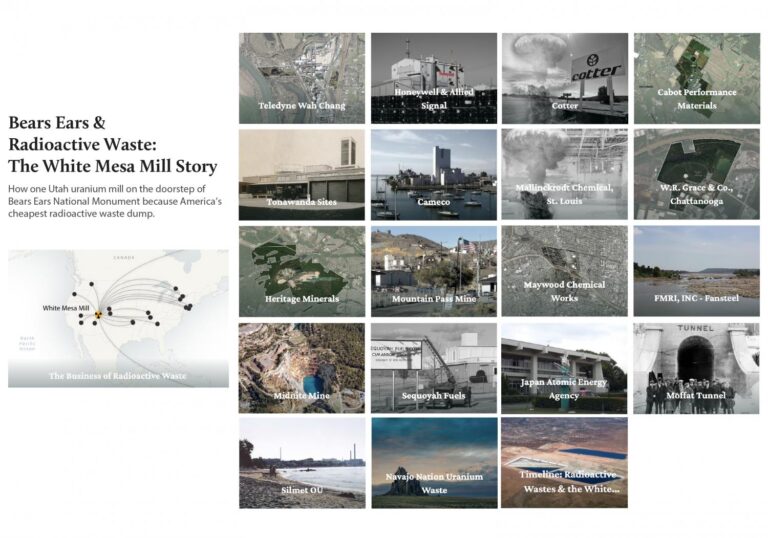
The history of low-level radioactive wastes considered for processing and disposal at the White Mesa Mill near Bears Ears National Monument in Utah.

View the map of three dam proposals that threaten the Little Colorado River.
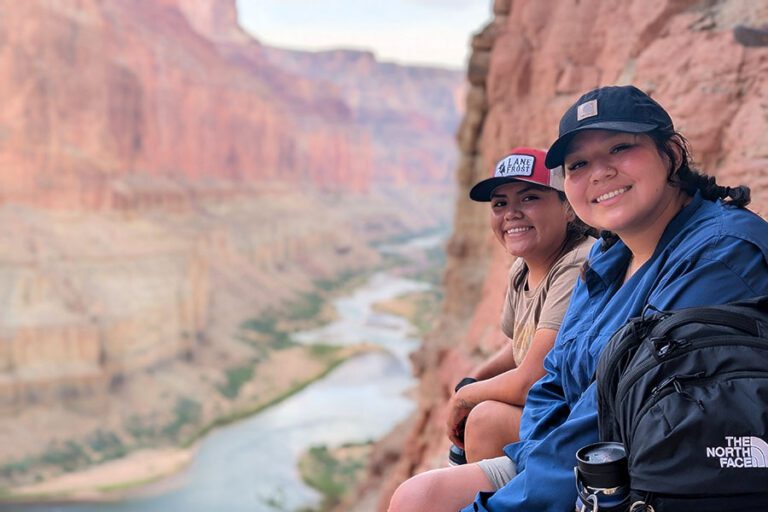
The Grand Canyon Regional Intertribal Intergenerational Stewardship Expedition (RIISE) is accepting applications from young people ages 16-20 who identify as members of one of the associated Native American tribes of the Grand Canyon.
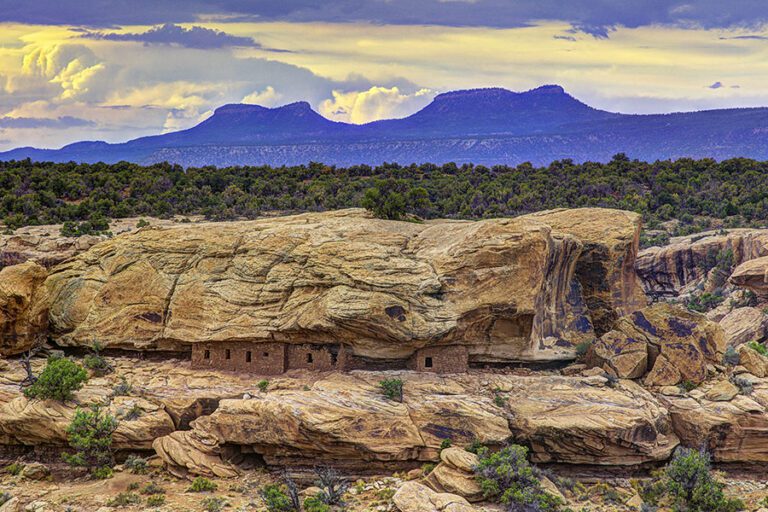
Voters in Utah overwhelmingly support Bears Ears and Grand Staircase-Escalante national monuments.
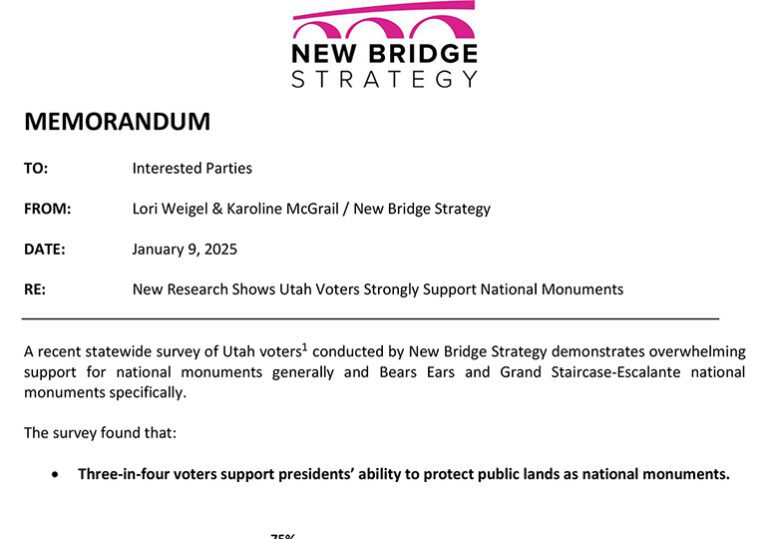
A December 2024 poll of 500 voters across Utah found strong public support for Bears Ears and Grand Staircase-Escalante national monuments
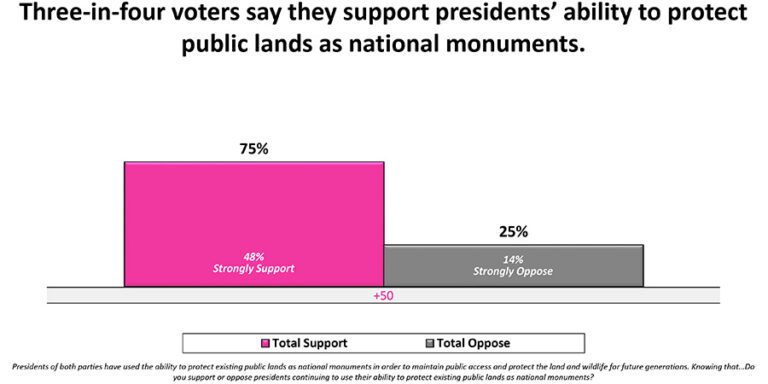
Utah voters strongly support national monuments and Bears Ears and Grand Staircase-Escalante in particular a December 2024 poll shows.
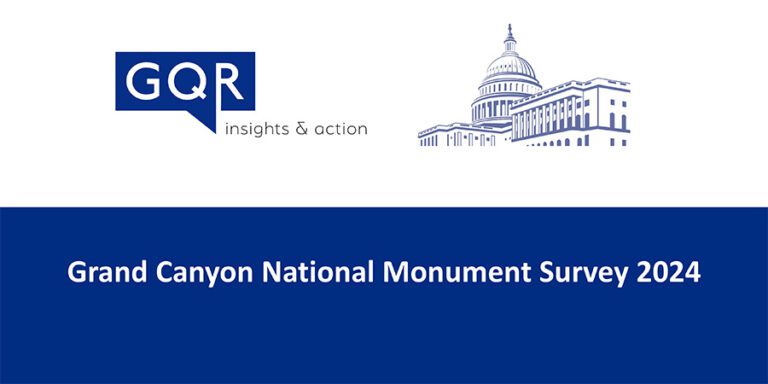
A December 2024 poll of 500 Arizona voters by public opinion research firm GQR found strong public support for Baaj Nwaavjo I’tah Kukveni.
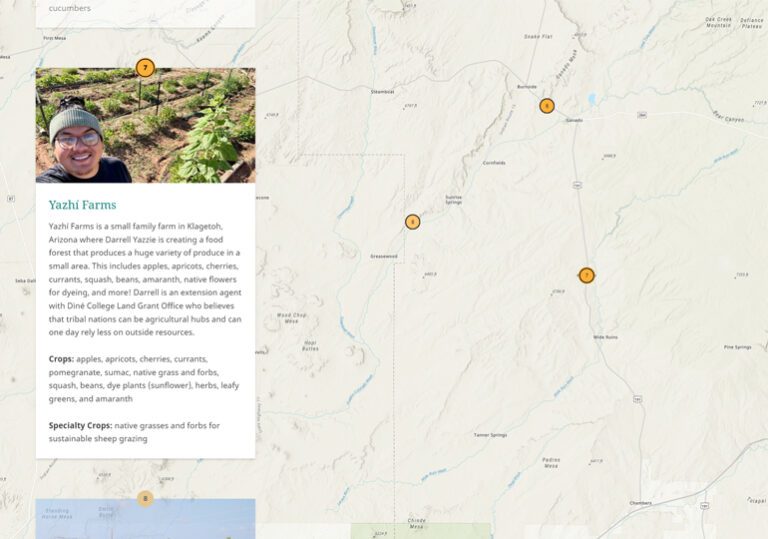
Meet the collective of over 40 Diné and Hopi backyard farmers, traditional farmers, livestock owners, and market gardeners from the Little Colorado Region.
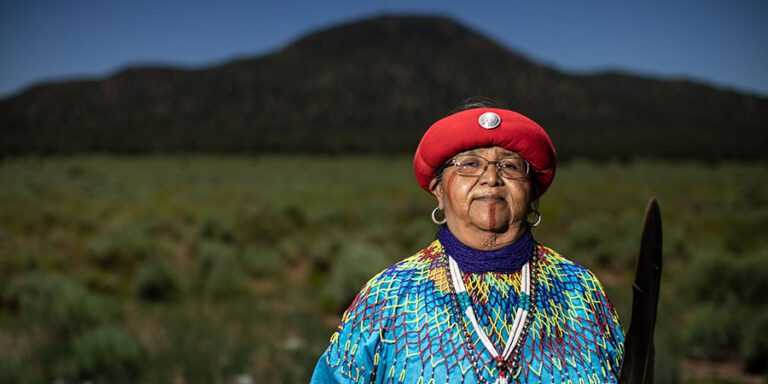
What cultural resources, water sources, plants, and animals are protected in the new Grand Canyon national monument? Find out in this new story map.
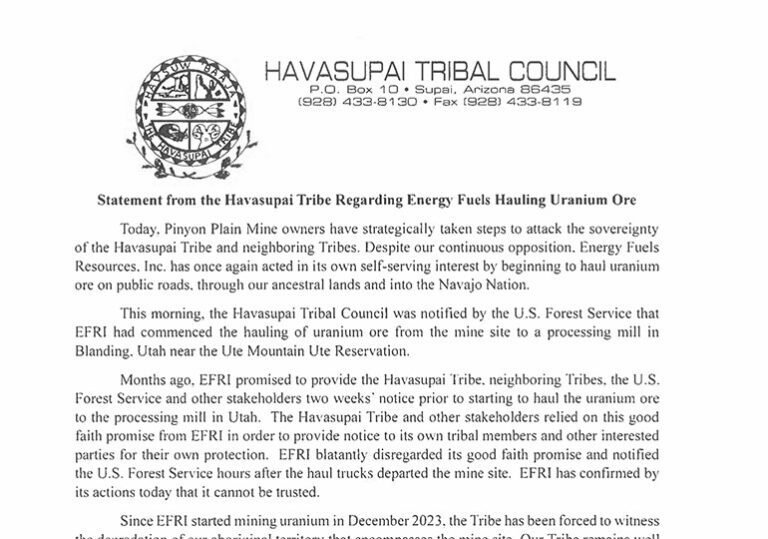
The Havasupai Tribe opposes the hauling of uranium across its ancestral lands near the Grand Canyon.
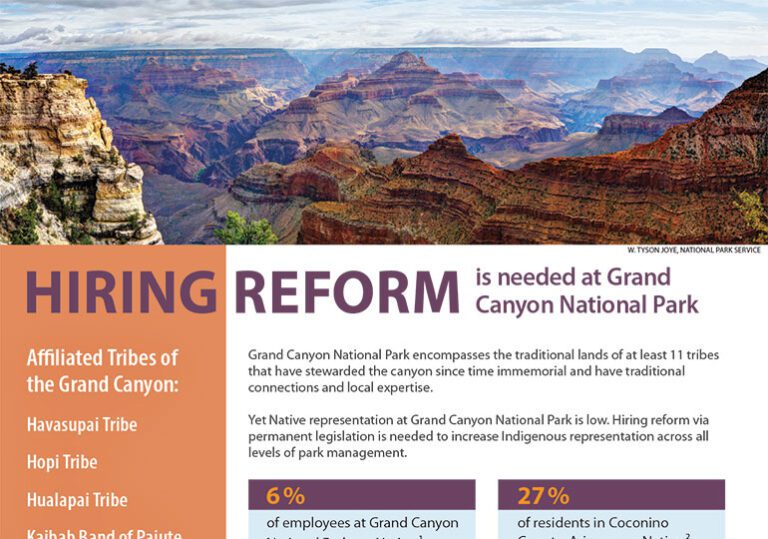
Learn about Indigenous representation at Grand Canyon National Park and the need for expanded employment opportunities for Native peoples of the Grand Canyon.
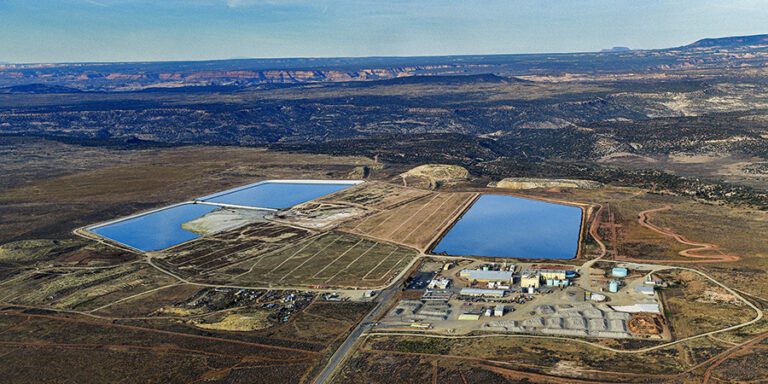
More than 275,000 pounds of unwanted radioactive materials from the Japan Atomic Energy Agency have arrived at the uranium mill in White Mesa, Utah.

